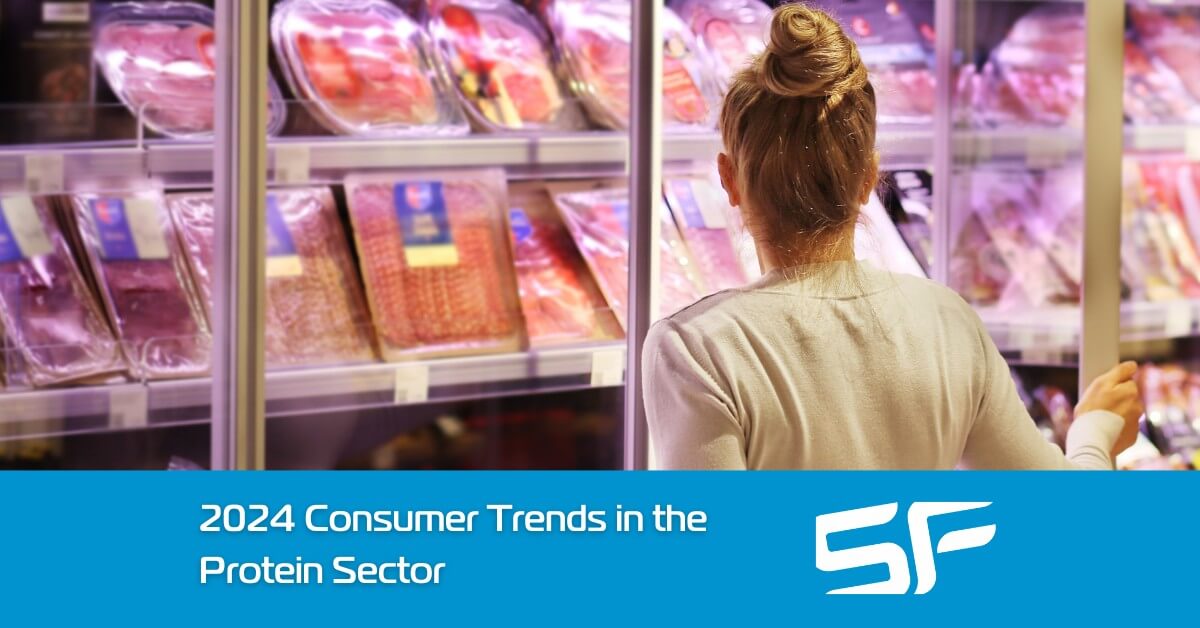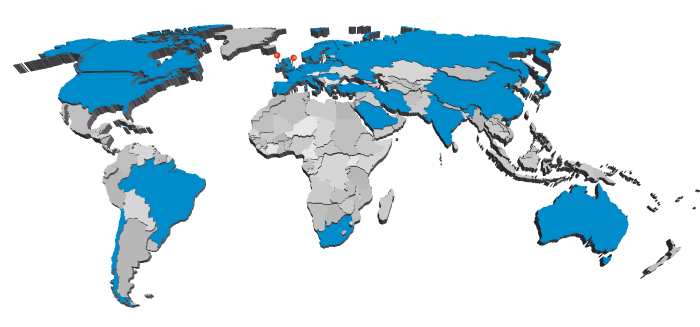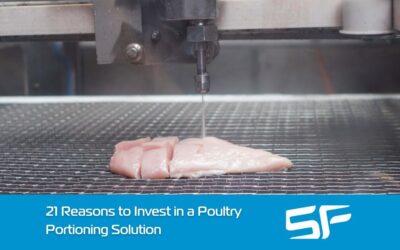2024 Consumer Trends in the Protein Sector – Change, Challenges, and Opportunities

What consumers want to buy is a question that is always relevant to food processors in the protein sector. The specifics and nuances of the answer will, of course, vary depending on whether you are in the red meat, poultry, or fish industry, but there is one overriding issue that influences the entire sector – change.
Not just any change, either, as the protein sector has always changed, adapted, innovated, and improved.
Instead, it’s a unique type of change in consumer choices that is presenting the protein sector with both challenges and opportunities.
External Jolts
Over recent years, external jolts have been the driving force behind consumer decision-making when food shopping and dining. In the years up until 2019, discussions around consumer trends largely focused on meat alternative products, a desire by consumers to try something different, and healthy eating.
Then the COVID-19 pandemic hit with lockdowns, travel restrictions, and the food production, supply chain, and distribution challenges that followed.
Then inflation started to rise.
Wars broke out in Europe – wars that have had, and continue to have at the time of writing, an impact on global trade, including global food production.
And now we are in the middle of a cost-of-living crisis that is impacting millions of consumers in the UK, Europe, and around the world.
Unpredictable and Variable
The impact of these jolts in consumer decision-making was summed up in a report published in June 2023 by the UK’s Food Standards Agency on changing consumer attitudes and the impact this will have on the industry. The report concluded there will be “increasing unpredictability and variability in consumer choices over the next three years”.
It added that clear trends in previous years may change because of “current economic pressures”.
At least in the short term, we can expect that consumers will continue to be driven by price and convenience as ongoing cost-of-living challenges influence decision-making at the supermarket.
Opportunities
The fact that consumers are being driven by price and convenience is not going to lead to a race to the bottom, as other longer-term consumer trends and motivations continue to have relevance:
- Quality, including a desire by consumers to buy the highest quality red meat, fish, and poultry products they can regularly afford.
- Sustainability, including concerns about the impact of food choices on the environment, but also on other sustainability issues, including the importance of the protein sector to not just the national economy, but also local communities.
- Ethics, including environmental stewardship, animal welfare, expertise, and high-quality production.
The summary is that the primary drivers for consumers in the current climate are price and convenience, but consumers also want high-quality, sustainable, and ethically sourced and produced red meat, poultry, and fish products.
This presents opportunities for the protein sector to communicate with consumers, educate them, and build trust and loyalty. There is also an opportunity to focus on value for money and making mealtimes easy and less time-consuming while still being tasty, healthy, and nutritious.
These opportunities are possible through innovation, effective messaging, and the continued modernisation of production lines and manufacturing processes to enhance quality, agility, and productivity.
In other words, ensuring your business strategy and operational capabilities can adapt to the unpredictability and variability of consumer choices over the coming years and beyond.







